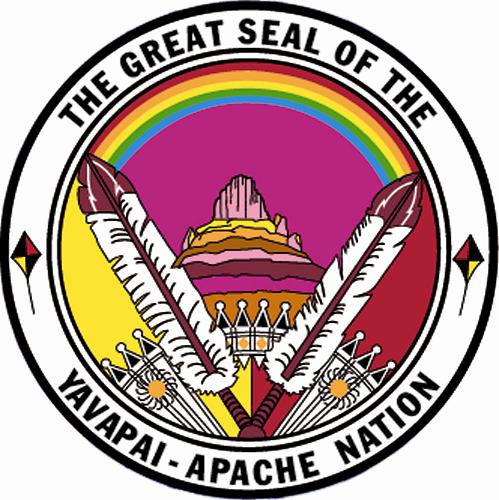A group of young men and women from the Yavapai-Apache Nation gave their time last week to help clean portions of the Verde River that run through the Nation’s lands.
It was a service project thought up by the nation’s UNITY council, also known as United National Indian Tribal Youth Inc., a national organization that serves to promote and unite the younger generation of Native Americans through service to their communities.
This most recent project brought out about 45 members of the Nation’s youth, according to Fran Chavez, spokeswoman for the tribe. They even gave up a portion of their fall break to help clean up the environment.
The young people weren’t out to specifically clean up the river in terms of stray trash and litter; instead they were out to tackle another serious issue that threatens the river’s ecosystem, one that’s unique in the deserts of Arizona and the Southwest.
The group set out to remove invasive foreign species from the riverbank and replace them with native plants.
It’s no easy task. Groups have been working for years to remove plants that, if they had their way, would completely alter the river’s ecosystem in favor of their own biological needs.
Common examples of invasive plants found along the Verde River include the tamarisk, also known as salt-cedar.
The plant, native to Asia, was brought to California in the 19th century for use as a decorative shrub. In the 1930s, the plant was used to try and fight erosion during the dust bowl. Over the decades, the plant has made its way to Arizona and other places throughout the West with uninten ded consequences.
Tamarisk adds to fire danger, according to the Verde River Greenway group, and it uses comparatively enormous amounts of water to grow. The plants also put salt into the soil and water, making it harder to use for other native plant species.
Other encroaching plants include the Russian olive and Siberian elm. It’s an uphill battle, but one that must be fought, say those who want to keep this riparian environment alive as generations have known it.
The group worked for three days on the project, Chavez said, wrapping up its work on Wednesday.
“It was a big success,” Chavez said. “This group does a lot of community service for the Nation.”
The group’s organizer couldn’t be reached for comment as of press time, but Chavez said the club hopes to take part in another cleanup in the near future.
They already have the uniforms. The group received funds from a Disney program, Friends for Change: Project Green, to buy matching T-shirts and supplies for the effort.
